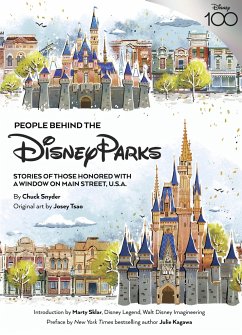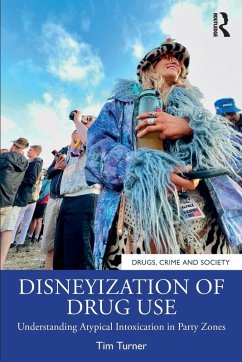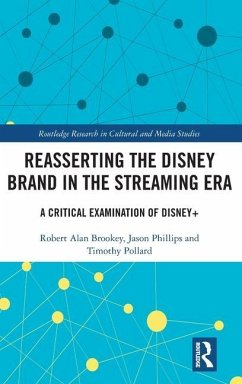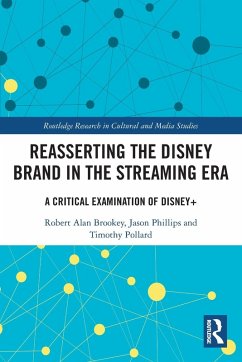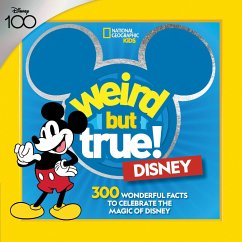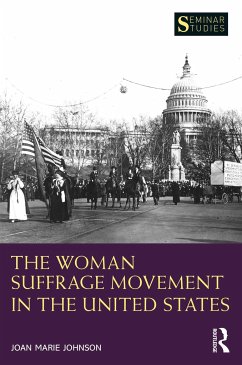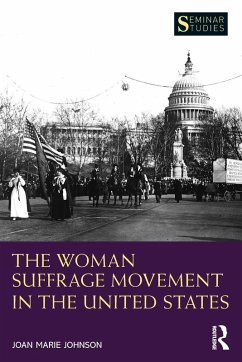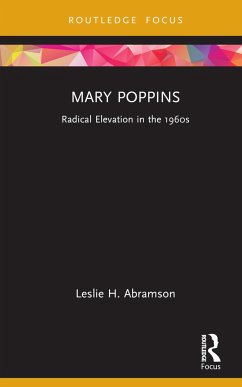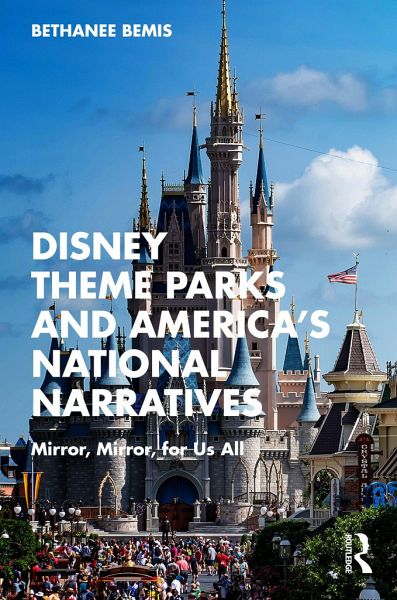
Disney Theme Parks and America's National Narratives
Mirror, Mirror, for Us All
Versandkostenfrei!
Versandfertig in 6-10 Tagen
42,99 €
inkl. MwSt.
Weitere Ausgaben:

PAYBACK Punkte
21 °P sammeln!
Disney Theme Parks and America's National Narratives takes a public history approach to situating the physical spaces of the Disney brand within memory and identity studies.For over 65 years, Disney's theme parks have been important locations for the formation and negotiation of the collective memory of the American narrative. Disney's success as one of America's most prolific storytellers, its rise as a symbol of America itself, and its creation of theme parks that immerse visitors in three-dimensional versions of certain "American" values and historic myths have both echoed and shaped the wa...
Disney Theme Parks and America's National Narratives takes a public history approach to situating the physical spaces of the Disney brand within memory and identity studies.
For over 65 years, Disney's theme parks have been important locations for the formation and negotiation of the collective memory of the American narrative. Disney's success as one of America's most prolific storytellers, its rise as a symbol of America itself, and its creation of theme parks that immerse visitors in three-dimensional versions of certain "American" values and historic myths have both echoed and shaped the way the American people see themselves. Like all versions of the American narrative, Disney's vision serves to reassure us, affirm our shared values, and unite a diverse group of people under a distinctly American identity-or at least, it did. The book shows how the status Disney obtained led the public to use them both as touchstones of identity and as spaces to influence the American identity writ large. This volume also examines the following:
- how Disney's original cartoons and live-action entertainment offerings drew from American folk history and ideals
- how their work during World War II cemented them as an American symbol at home and abroad
- how the materialization of the American themes already espoused by the brand at their theme parks created a place where collective memory lives
- how legitimization by presidents and other national figures gave the theme parks standing no other entertainment space has
- how Disney has changed alongside the American people and continues to do so today.
This book will be of interest to students and scholars of history, media, cultural studies, American studies and tourism.
For over 65 years, Disney's theme parks have been important locations for the formation and negotiation of the collective memory of the American narrative. Disney's success as one of America's most prolific storytellers, its rise as a symbol of America itself, and its creation of theme parks that immerse visitors in three-dimensional versions of certain "American" values and historic myths have both echoed and shaped the way the American people see themselves. Like all versions of the American narrative, Disney's vision serves to reassure us, affirm our shared values, and unite a diverse group of people under a distinctly American identity-or at least, it did. The book shows how the status Disney obtained led the public to use them both as touchstones of identity and as spaces to influence the American identity writ large. This volume also examines the following:
- how Disney's original cartoons and live-action entertainment offerings drew from American folk history and ideals
- how their work during World War II cemented them as an American symbol at home and abroad
- how the materialization of the American themes already espoused by the brand at their theme parks created a place where collective memory lives
- how legitimization by presidents and other national figures gave the theme parks standing no other entertainment space has
- how Disney has changed alongside the American people and continues to do so today.
This book will be of interest to students and scholars of history, media, cultural studies, American studies and tourism.





